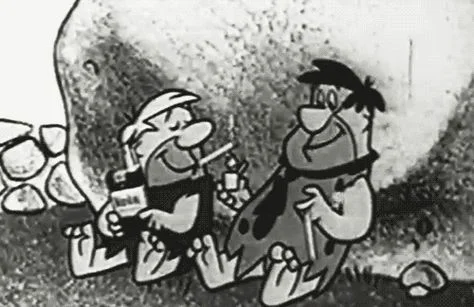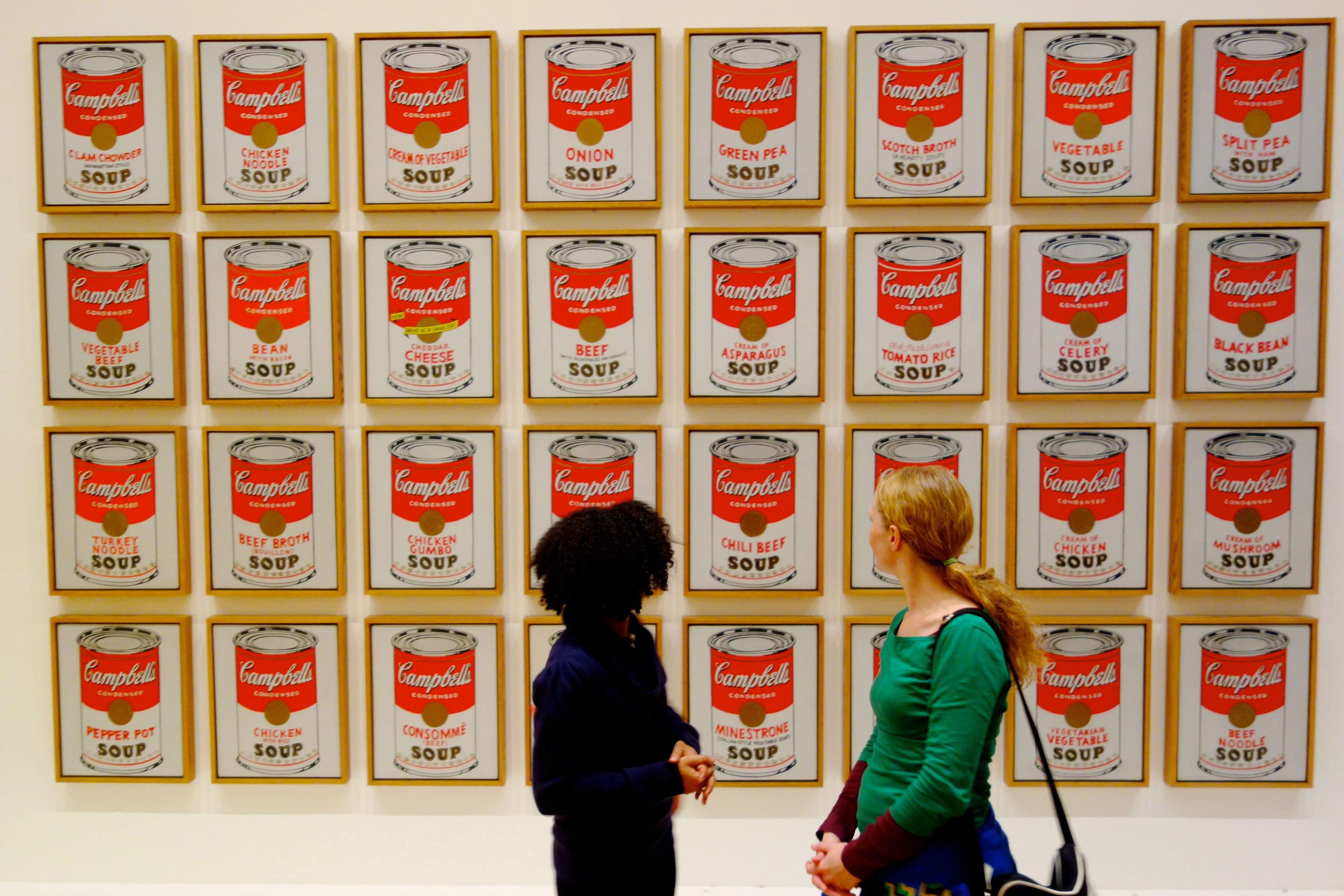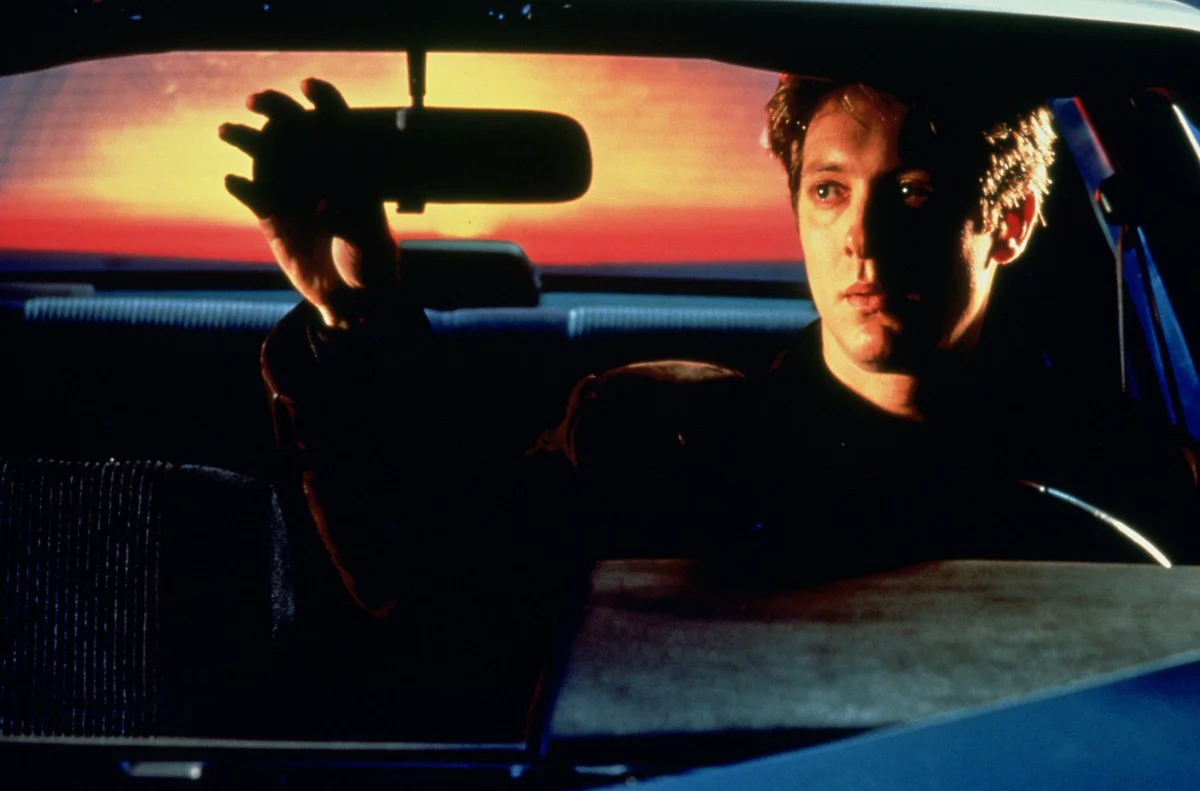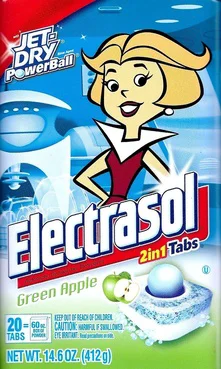How Ads Wrecked Entertainment (And What You Can Do About It)
Brinck Slattery • Jan 16 2018
YouTube stars like Logan Paul have made careers out of being awful, obnoxious human beings. 79% of Americans think that their fellow Americans pay too much attention to celebrity news, and only 20% think celebrities are good role models, but we keep hearing about the same people over and over again.
How did we get here? How can people who are so widely disliked remain at the center of attention? By the end of this article, you'll have a better understanding of why advertising was grafted onto art in the first place, how advertising made mass culture terrible, and what you can do to stop the death spiral.
The Day The Ad Men Came
NOTE: For a quick overview of the history of entertainment from the Stone Age to the Victorian Age, read this.
It's 1948.
For almost a century, newspapers have rented out space on their pages (and in their editorial columns) to corporate advertisers.
Four networks broadcasting prime-time schedules (8 PM to 11 PM) seven days a week on 128 channels along with dozens of 24-hour commercial radio channels means a broader audience than ever for creators. But the price of entry is high. To bridge that gap, companies foot the bill - in exchange for editorial control and commercial breaks.
Instead of paying for entry to a concert or play, consumers buy a device (a radio or TV) that gives them access to a seemingly infinite variety of content - with a catch. In exchange for access to that content, they have to spend their time paying attention to ads from the companies paying for the broadcast.

This change was the first step on the road to our modern mass culture. Instead of paying for entertainment directly, regular people paid in their attention and time spent watching ads. When an advertiser buys an ad, they're covering some part of the cost of the content. But the product they're really buying is the attention of people who are consuming that content.
In this new world, advertising concerns drove mass culture and the arts. Andy Warhol became famous in the early 60s for inverting the formula and turning ads back into commercially successful art, but a little social commentary can't stop an economic juggernaut.

That subtle shift completely changed the incentives for creators. Instead of creating art that pleased their audience, the biggest rewards went to whoever could create whatever was palatable to the most people at once - i.e., the lowest common denominator.
The movie industry managed to avoid the ad-supported mediocrity spiral that radio and TV fell into for a while. Early films saw plugs for Hershey's chocolate and Mobil gas, but the practice was rarely blatant enough to jar the audience into feeling like they were watching advertising. Novels, underground music, and theatre continued to be bastions of ad-free originality and damn-the-crowds experimentation.
Ads In The Age Of Cat Memes
It's 2018 - over 40 years ago, cable TV was introduced as the ad-free, subscriber-supporter alternative to broadcast TV, and almost immediately succumbed to the siren song of that sweet corporate ad revenue. Hollywood crumbled under the pressure as well, and movies have become product placement bonanzas.

At first, the internet was a ray of light on the dark horizon, providing creators with the ability to connect directly with fans anywhere in the world. And on top of that, the start-up cost to create a website was low enough that almost anyone could afford it.
But like cable TV, the ad-free paradise of the internet was quickly choked with advertising. When advertisers purchase people's time and attention on the internet, they're able to really dig into the details of people's lives for demographic information and personal details to better target their ads. If TV, radio, and print advertising are a shotgun blast, internet advertising is a hit from a highly trained sniper.
It's no surprise that all the perverse incentives that infected TV and radio have spread through the internet at breakneck speed. Combined with the powerful behavioral and emotional incentives built into modern ads and app design, marketers are devising ways to take your attention away from other tasks actively.
This is why you're always being tempted to learn this one weird trick for bellyfat that doctors hate. It's the reason for almost everything wrong with the internet.

Whatever gets the most clicks wins. More clicks mean more eyeballs, more eyeballs mean more ad click-throughs, more ad click-throughs mean more revenue for the advertisers.
A century of ad-supported media crafted to appeal to the broadest audience possible has trained us to be passive consumers of entertainment - instead of satisfying our urge to find new things that we're passionate about, we just look at what's available with the least amount of effort. Think prime time TV, top 40 radio, and trending videos on YouTube.
There's nothing inherently wrong with things that are popular, and it would be contrarian to double down on the idea that people watch things that they don't actually like.
But combine passive consumers with the incentives of ad-supported media, and you have a formula for irredeemably terrible content being pushed on huge audiences. Content that people would never pay for with money, but are more than willing to pay for with their time and attention.
Let's say I have a video of a terrible car accident. Would you pay me to watch it?

Now, imagine that instead of asking you to pay for it, I just stuck it in front of your face and pressed play. Would you watch then?
Significantly more people would. Slap an ad on that car wreck, and suddenly I'm making money off something that no one would pay to watch.
The outlook seems bleak.
Jane, How Do I Stop This Crazy Thing?

There are three steps you can take to help stop this ad-supported death spiral. Before getting into too much detail, here they are:
- Be intentional about the media you consume.
- Find ways to directly support the creators you like.
- Try new content delivery platforms that treat artists (and fans) like people, not commodities.
Be intentional about the media you consume. It's pretty simple. No more channel surfing or endlessly watching YouTube's auto-suggested videos. Stop on one you like and check out the rest from that creator. Turn the radio off, plug into the Spotify Artist Explorer, Music Suggestions Ninja, or Liveplasma, and find something great instead of something ok. Decide that from now on; you're blazing your own path - if it intersects with something that happens to be popular, ad-supported media, that's totally fine. Just keep the next step in mind.
Find ways to directly support the creators you like. It isn't nearly as difficult as it was even five years ago, but most options have some drawbacks. Platforms like Patreon and Bandcamp let fans contribute directly to artists, but they take a cut of the proceeds. Streaming services like Spotify offer a fantastic catalogue of artists and albums, but artists receive very little for each play of their song.
There are a lot of different things to consider when figuring out the best way to get your entire dollar to the creator you love. If you can, buy directly from them. Or...
Try new content delivery platforms that treat artists (and fans) like people, not commodities. An example: I love Dan Harmon's work. I want him to make more stuff. When I heard he was producing a new show called HarmonQuest for a tiny streaming service, I signed up immediately. The show switched platforms after the second season, and I got a new subscription to the new service. Vote with your dollars in a way that shows creators that you'll follow them into uncharted territory.
If you follow even one of these steps, you're already making the world better for creators, and you'll probably find something new that you authentically enjoy.
WARNING: SHAMELESS SELF-PROMOTION AHEAD
At LBRY, we're betting on the idea that patron-supported art will be more satisfying to its intended audience and offer greater and more sustainable rewards to creators. If you want to help us build one of those uncharted territories for creators who are looking for a different way to share their work, download our app and let us know what you think.
